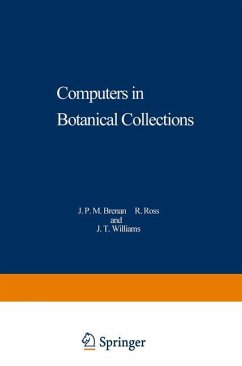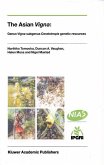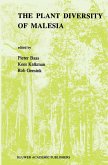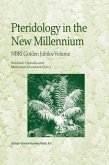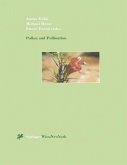This volume records the proceedings of, and the papers read at, an international conference to consider the use of electronic data processing methods in the major taxonomic plant collections of Europe, primarily herbaria but also living collections. This conference took place at the Royal Botanic Gardens, Kew, from 3rd to 6th October, 1973. It was attended by some 90 delegates, observers and speakers, mainly from a wide range of the major European herbaria, but also from other interested institutions. The problem to be discussed was a big one. Taxonomic collections of the sorts mentioned above constitute the main centres for the scientific documentation of the flora of the world. With the extinction of so many species more or less imminently threatened, and with the modification or disappearance of so many vegetation types through the activities of man, the information contained in these collections grows in importance. Their aggregate size, in Europe, has been estimated at between 50 and 100 millions, and these are annually augmented at a rapid rate. Each specimen or living plant comprises a source of evidence and information represented both by the specimen itself and the associated information provided by the collector and subsequent investigators - identifications, field notes, records of subsequent research, etc. This associated information is known as the label data. Research on the taxonomy and geographical distribution of plants usually requires data from specimens stored in a number of institutions in different countries.
Hinweis: Dieser Artikel kann nur an eine deutsche Lieferadresse ausgeliefert werden.
Hinweis: Dieser Artikel kann nur an eine deutsche Lieferadresse ausgeliefert werden.

